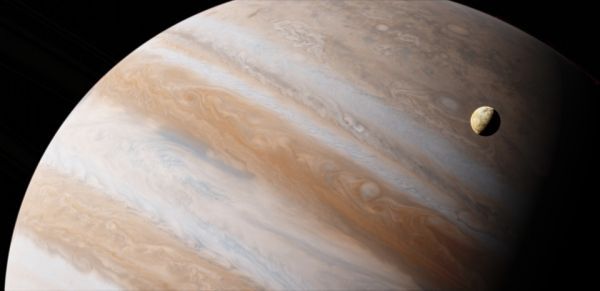A colossal, head-on collision between Jupiter and a still-forming planet in the early solar system, about 4.5 billion years ago, could explain surprising readings from NASA’s Juno spacecraft, according to a study this week in the journal Nature.
Astronomers from Rice University and China’s Sun Yat-sen University say their head-on impact scenario can explain Juno’s previously puzzling gravitational readings, which suggest that Jupiter’s core is less dense and more extended that expected.
“This is puzzling,” said Rice astronomer and study co-author Andrea Isella. “It suggests that something happened that stirred up the core, and that’s where the giant impact comes into play.”
Isella said leading theories of planet formation suggest Jupiter began as a dense, rocky or icy planet that later gathered its thick atmosphere from the primordial disk of gas and dust that birthed our sun.
Read more at Rice University
Photo Credit: flflflflfl via Pixabay


